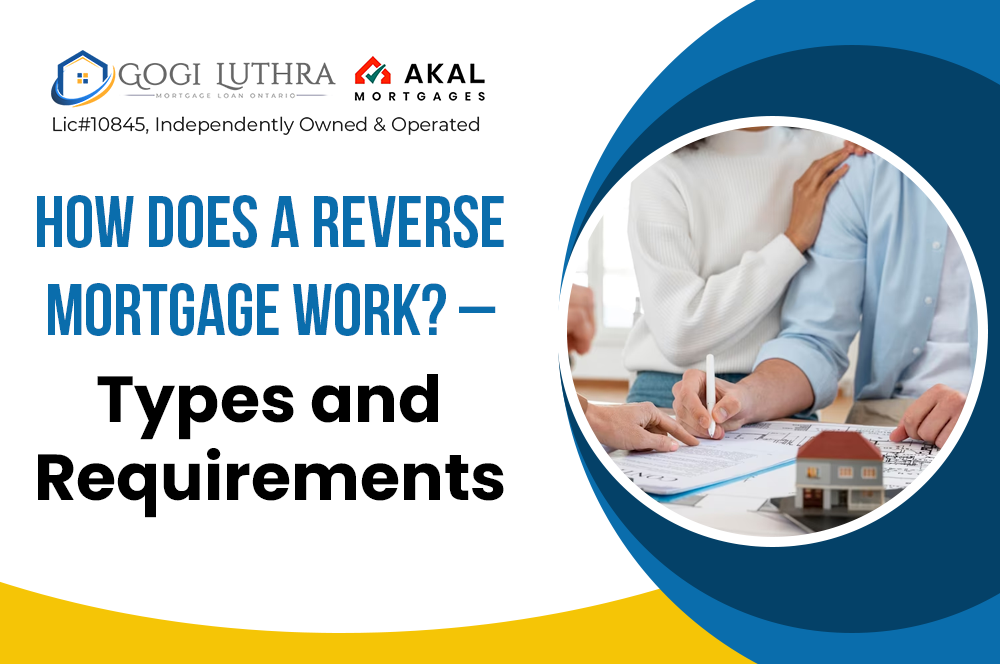A reverse mortgage is a loan option for seniors who want to access the equity in their homes without having to sell. It’s a unique financial tool that can provide a steady stream of income during retirement.
In this article, we’ll explore the workings of a reverse mortgage, its different types, and the requirements to qualify. Get ready to learn how you can turn your home’s equity into a valuable resource!
How Does a Reverse Mortgage work?
A reverse mortgage is a loan that allows homeowners 62 years or older to convert a portion of the equity in their home into cash. Unlike a traditional mortgage, where the borrower makes monthly payments to the lender, with a reverse mortgage, the lender makes payments to the borrower, typically in the form of a lump sum or monthly disbursements.
The loan doesn’t have to be repaid until the borrower no longer uses the home as their primary residence or passes away. The amount owed on loan, including interest and fees, is then repaid from the sale of the property. It’s important to note that a reverse mortgage can have a significant impact on the equity in the home and should be considered carefully, along with all other available financial options.
Types of Reverse Mortgages
There are three main types of reverse mortgages: Single-Purpose Reverse Mortgages, Proprietary Reverse Mortgages, and Home Equity Conversion Mortgages (HECMs). Single-Purpose Reverse Mortgages are offered by some local and state government agencies and non-profit organizations and are usually used for specific purposes such as home repairs.
Proprietary Reverse Mortgages are private loans and are typically offered by individual companies. HECMs, which are backed by the Federal Housing Administration (FHA), is the most widely available and popular type of reverse mortgage. Each type of reverse mortgage has its own unique features and eligibility requirements, so it’s important to carefully consider each option to determine which one may be the best fit for your individual needs and circumstances.
Requirements for a Reverse Mortgage
To qualify for a reverse mortgage, several requirements must be met. Firstly, the homeowner must be at least 62 years old. Additionally, the property must be the borrower’s primary residence. The home must also meet certain property standards set by the Federal Housing Administration (FHA) and must be a single-family home, a 2-4 unit home with one unit occupied by the borrower, a townhome, or a condominium that the FHA approved.
The borrower must also participate in a counseling session with an independent third-party counselor to ensure they fully understand the terms and conditions of the loan. Finally, the borrower must have sufficient equity in the home to meet the loan requirements. These requirements vary depending on the type of reverse mortgage, so it’s important to carefully review and understand them before applying.
Final Words
A reverse mortgage is a powerful financial tool that can provide seniors with the financial security they need during retirement. Understanding the different types of reverse mortgages and the requirements to qualify is crucial in making an informed decision.
If you’re a senior in Canada looking to access the equity in your home, consider reaching out to Mortgage Loan Ontario for expert guidance. With their years of experience and commitment to customer satisfaction, you can trust us to help you find the right reverse mortgage solution for your needs.

